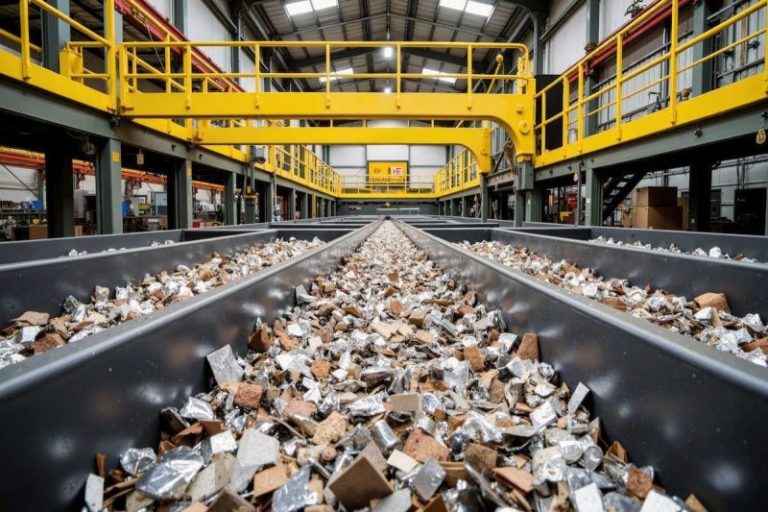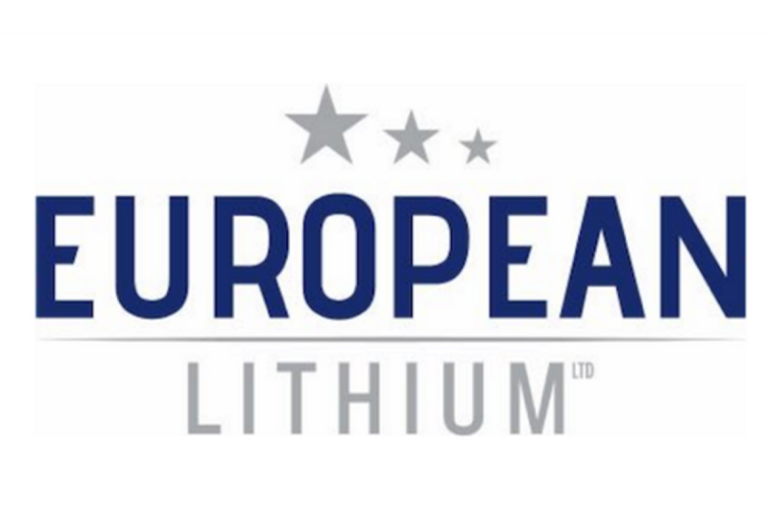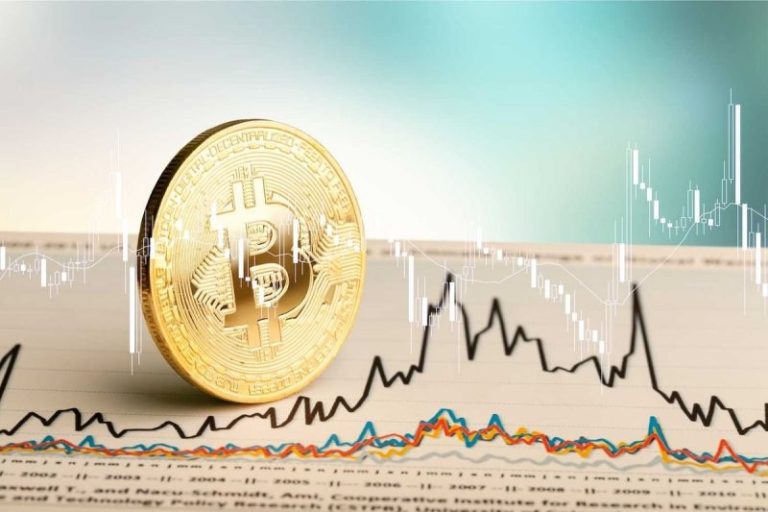Perth, Australia (ABN Newswire) – Locksley Resources Ltd (ASX:LKY,OTC:LKYRF) (FRA:X5L) (OTCMKTS:LKYRF) announces the appointment of Major General (Ret.) Peter J. Lambert to its Advisory Board. Peter brings more than three decades of leadership in intelligence, defense and advanced technology integration, combining a distinguished U.S. Air Force career with senior executive experience in the private sector most notably with General Dynamics Information Technology (‘GDIT’), one of America’s leading defense and technology companies.
HIGHLIGHTS
– Major General (Ret.) Peter J. Lambert appointed to the Locksley Advisory Board, + 30 years leadership in U.S. intelligence, defense and advanced technology integration
– Former Assistant Deputy Chief of Staff for Intelligence, Surveillance and Reconnaissance (‘ISR’) at U.S. Air Force Headquarters
– Senior executive at General Dynamics Information Technology, a leading U.S. defense and aerospace technology company
– Appointment aligns with Locksley’s 100% American mine-to-market vision, leveraging defense grade systems integration, operational intelligence, and secure supply-chain development
– Strengthens Locksley’s leadership in the U.S. race to secure domestic supplies of rare earths and antimony, positioning the Company at the forefront of America’s drive for critical minerals independence
– Advisory focus, strategic capability development, U.S. government and defense engagement and strategic foresight for market and policy resilience
Strategic Appointment of Peter J. Lambert to Advance U.S Critical Minerals Independence
Major General (Ret.) Peter J. Lambert brings more than 30 years of leadership across U.S. intelligence, surveillance, reconnaissance (ISR), and national security operations to the Locksley Advisory Board.
A retired U.S Air Force Major General, Peter served as Assistant Deputy Chief of Staff for Intelligence, Surveillance and Reconnaissance at U.S. Air Force Headquarters, overseeing ISR capabilities across the Air Force and coordinating with U.S. intelligence agencies to enhance mission readiness and strategic insight.
Following his distinguished military service, Peter joined GDIT, where he contributed to the advancement of secure communication, data integration, and intelligence technologies supporting national defence and aerospace innovation. His work at GDIT focuses on aligning complex technical systems with operational needs, experience that directly parallels Locksley’s vision of integrating exploration, processing, and market delivery into one cohesive Mine-to-Market strategy.
Over his career, Peter has held senior appointments with the Defense Intelligence Agency (DIA), National Security Agency (NSA), and The Joint Staff, developing expertise in system integration, organisational transformation, and multi-domain coordination. He holds a Master’s degree in National Security Affairs, a Bachelor of Arts in International Studies and has completed advanced studies in joint command, cyber operations, and strategic foresight. Additionally, he served as a National Defense Fellow at the Atlantic Council of the United States, in Washington, D.C.
Defense Grade Experience to Support Mine-to-Market Execution
Peter Lambert’s appointment brings unique defence grade strategic and operational expertise to Locksley’s mission of developing a vertically integrated, 100% American mineto-market critical minerals business. His experience will be leveraged in several key areas:
1 – Advanced Systems Integration & Intelligence Driven Decision-Making
Drawing on his work at GDIT and the U.S. Air Force, Peter will advise on intelligence based frameworks that enhance operational visibility, project planning, and risk assessment from mine development to market delivery.
His approach to integrating complex systems will help Locksley executives establish bestin-class governance and real-time data flow between exploration, processing, logistics, and customer engagement.
2 – Strategic Capability Development & Organisational Design
As Locksley transitions from exploration to production and downstream operations, Peter’s experience leading large, technically complex organisations will help guide structure, resource planning, and leadership alignment across all workstreams.
3 – Government, Defence, and Industry Engagement
Peter’s extensive network in the U.S. defense national security and defence sectors will support Locksley’s engagement with key government and strategic partners particularly in the context of critical minerals supply chain resilience and domestic industrial capability.
4 – Strategic Foresight & Risk Intelligence
Peter’s background in ISR and scenario planning equips him to help Locksley anticipate market, policy, and geopolitical shifts, ensuring the company remains adaptive and future ready as demand for antimony and rare earth elements accelerates.
Kerrie Matthews Locksley Chief Executive Officer commented;
‘Peter’s appointment to the Locksley Advisory Board, comes at a pivotal time for the United States as the nation seeks to secure and strengthen its domestic supply of critical minerals.
His exceptional background spanning military intelligence, defence industry leadership, and strategic operations will bring immense value to Locksley as we advance our Mojave Project and broader North American expansion strategy.
Peter’s experience will provide strong stewardship as we continue building a secure, technologically advanced mine-to-market supply chain that aligns with U.S. strategic objectives for critical minerals independence. We are delighted to welcome Peter to the Locksley Advisory Board and look forward to his guidance as we continue to unlock value and deliver on our mission.’
About Locksley Resources Limited:
Locksley Resources Limited (ASX:LKY,OTC:LKYRF) (FRA:X5L) (OTCMKTS:LKYRF) is an ASX listed explorer focused on critical minerals in the United States of America. The Company is actively advancing exploration across two key assets: the Mojave Project in California, targeting rare earth elements (REEs) and antimony. Locksley Resources aims to generate shareholder value through strategic exploration, discovery and development in this highly prospective mineral region.
Mojave Project
Located in the Mojave Desert, California, the Mojave Project comprises over 250 claims across two contiguous prospect areas, namely, the North Block/Northeast Block and the El Campo Prospect. The North Block directly abuts claims held by MP Materials, while El Campo lies along strike of the Mountain Pass Mine and is enveloped by MP Materials’ claims, highlighting the strong geological continuity and exploration potential of the project area.
In addition to rare earths, the Mojave Project hosts the historic ‘Desert Antimony Mine’, which last operated in 1937. Despite the United States currently having no domestic antimony production, demand for the metal remains high due to its essential role in defense systems, semiconductors, and metal alloys. With significant surface sample results, the Desert Mine prospect represents one of the highest-grade known antimony occurrences in the U.S.
Locksley’s North American position is further strengthened by rising geopolitical urgency to diversify supply chains away from China, the global leader in both REE & antimony production. With its maiden drilling program planned, the Mojave Project is uniquely positioned to align with U.S. strategic objectives around critical mineral independence and economic security.
Tottenham Project
Locksley’s Australian portfolio comprises the advanced Tottenham Copper-Gold Project in New South Wales, focused on VMS-style mineralisation
Source:
Locksley Resources Limited
Contact:
Kerrie Matthews
Chief Executive Officer
Locksley Resources Limited
T: +61 8 9481 0389
Kerrie@locksleyresources.com.au










